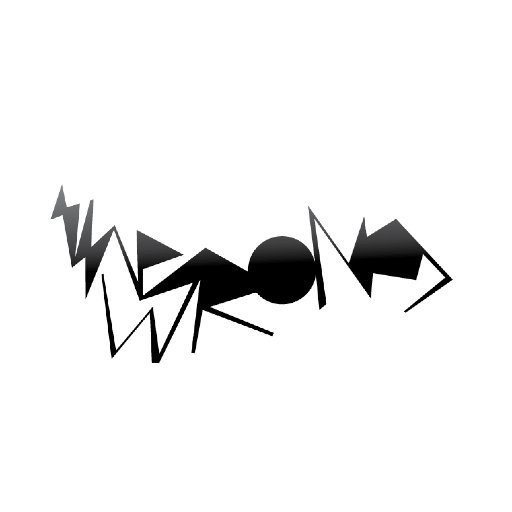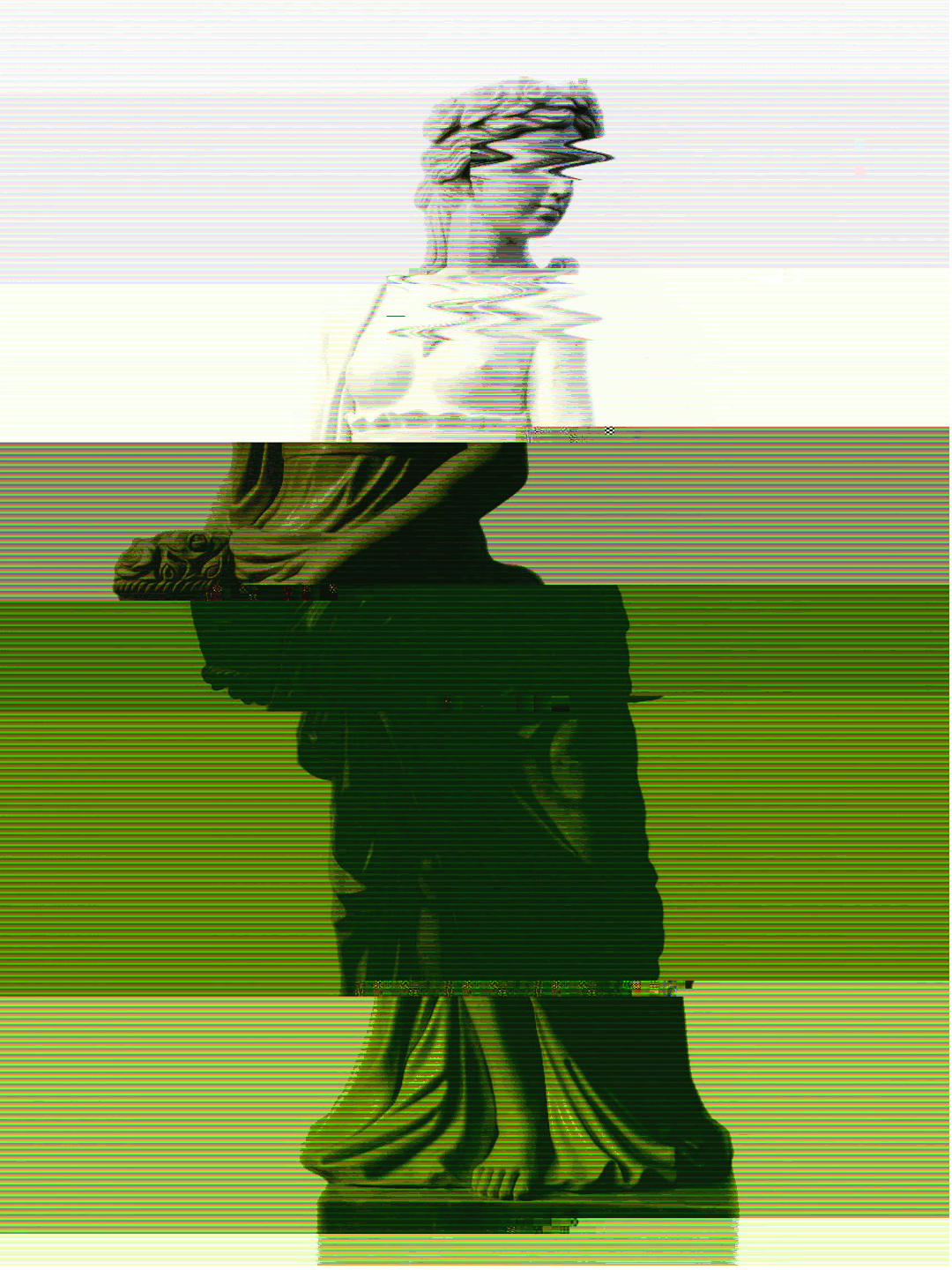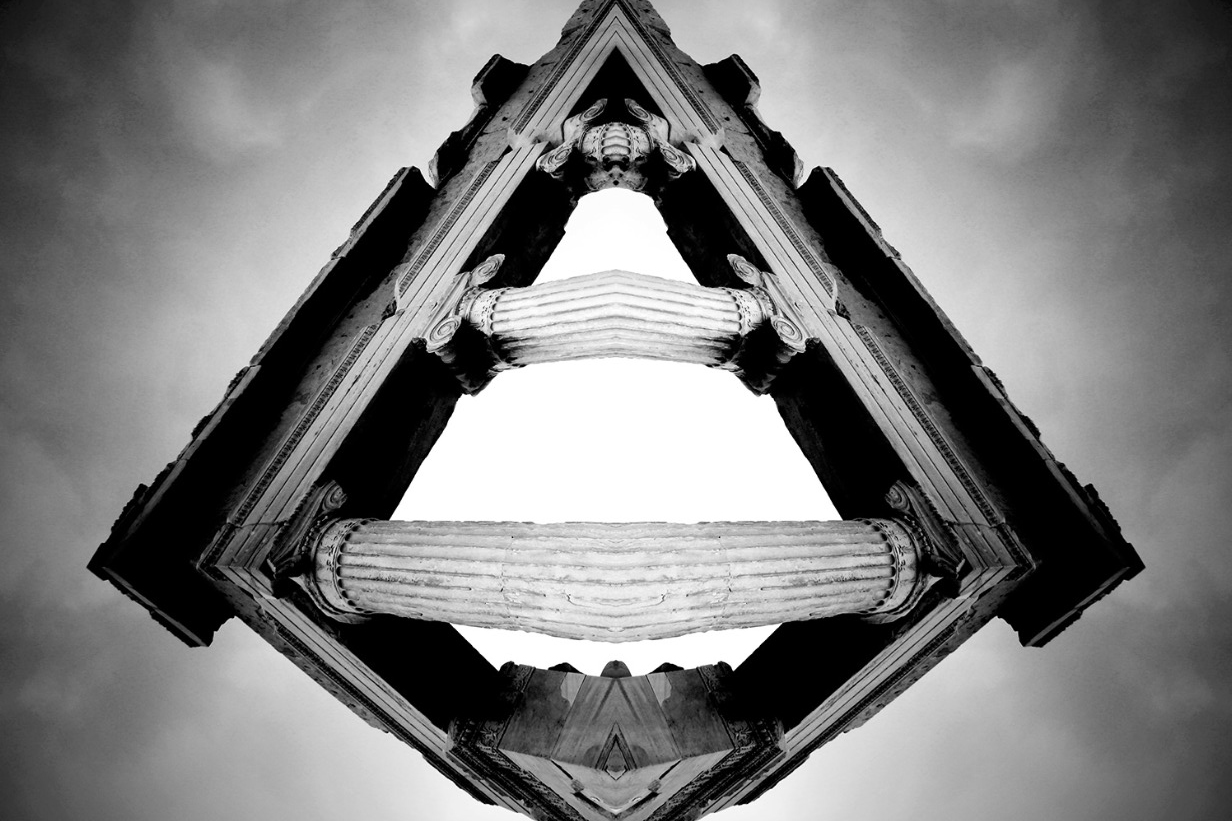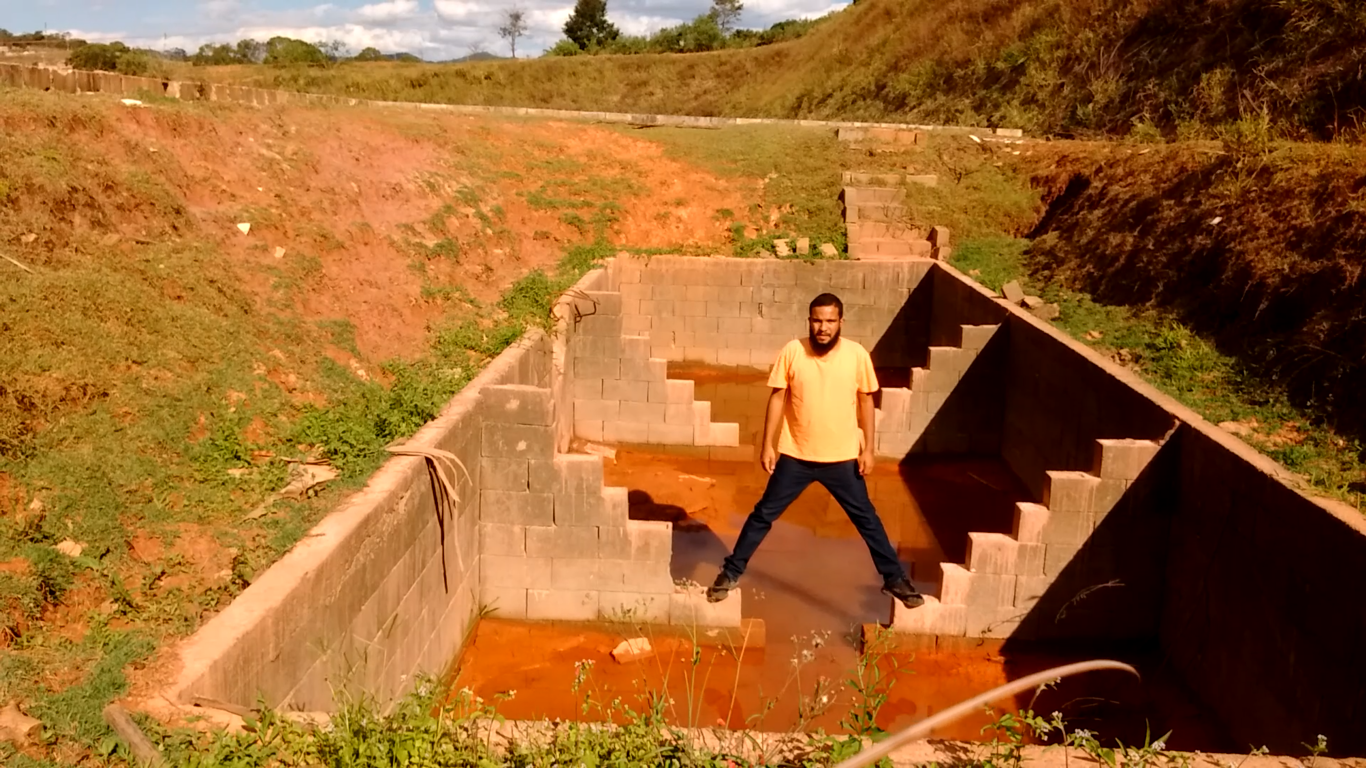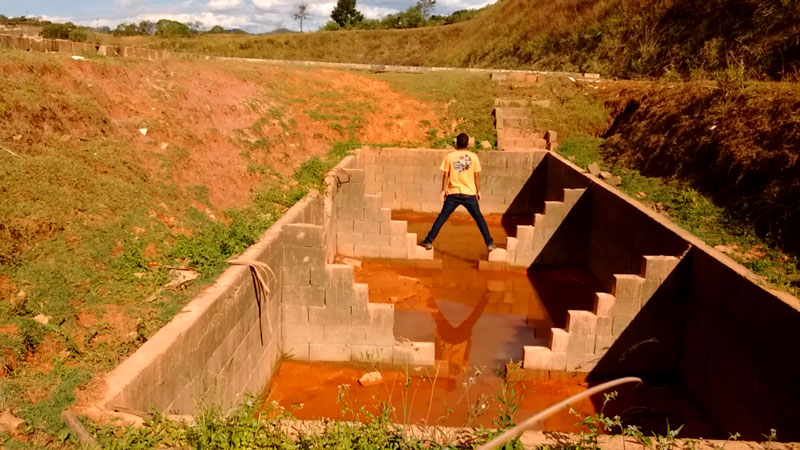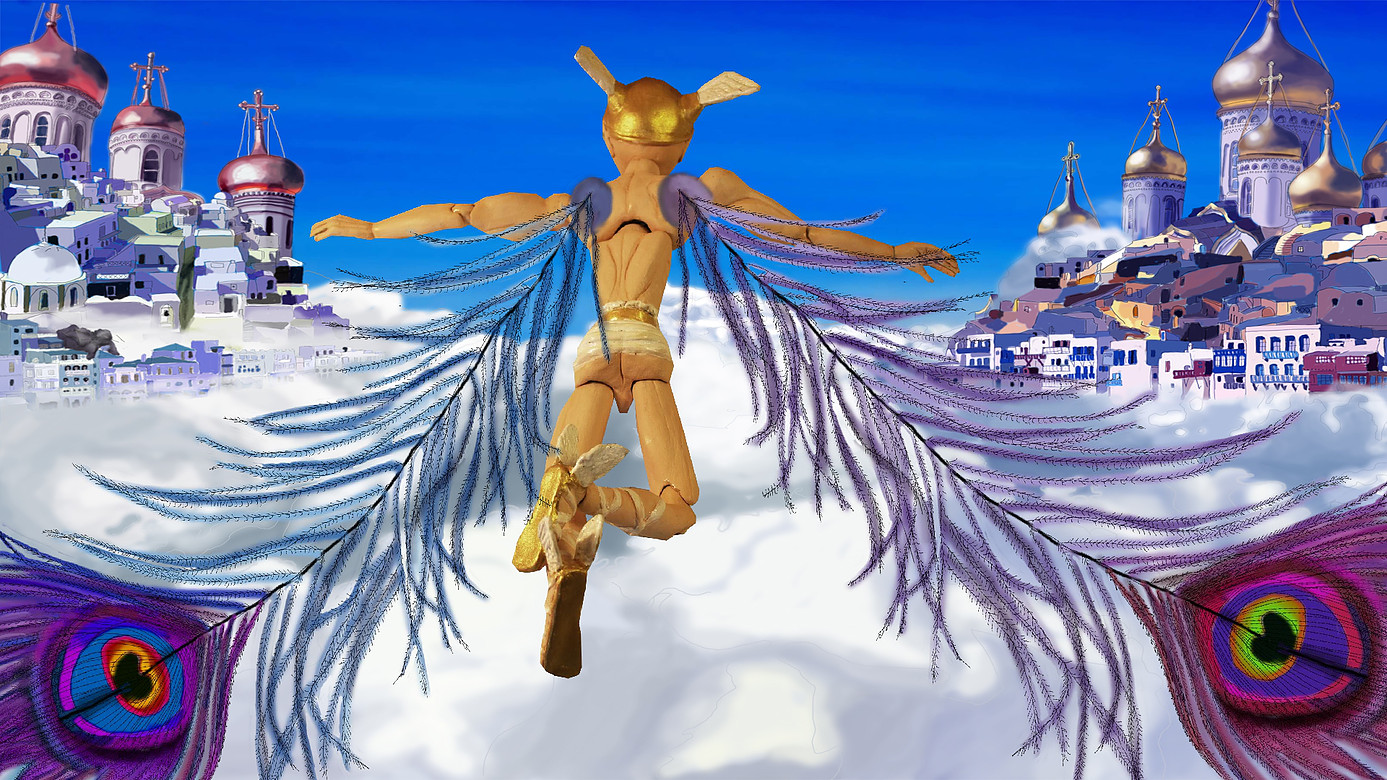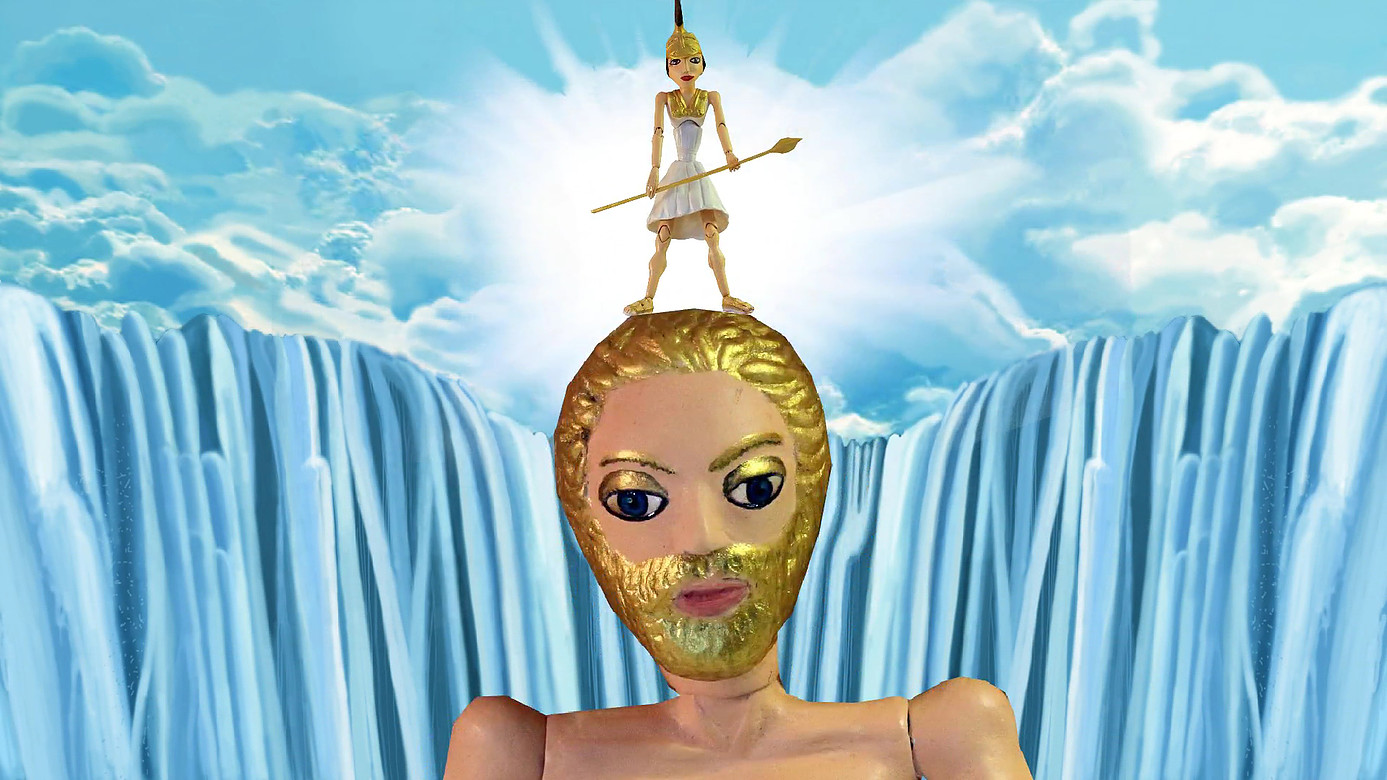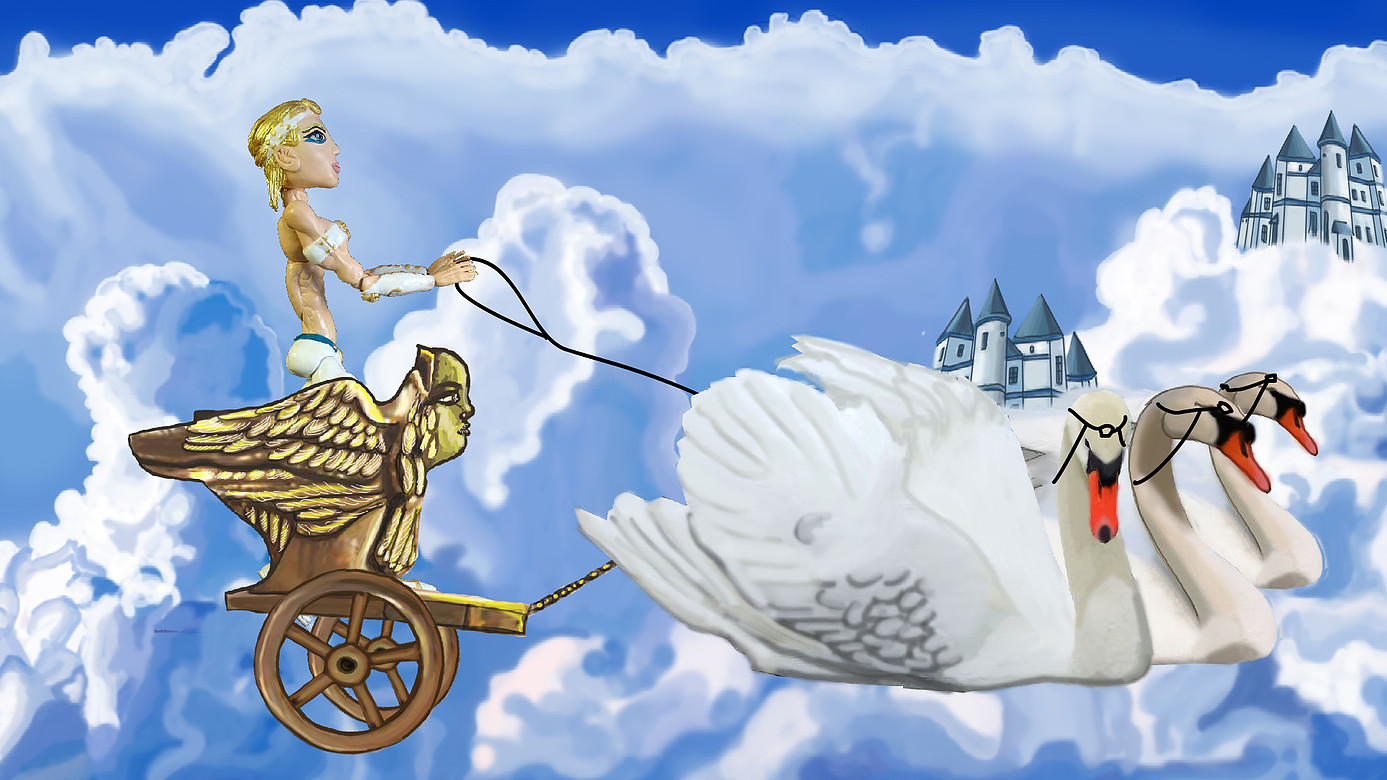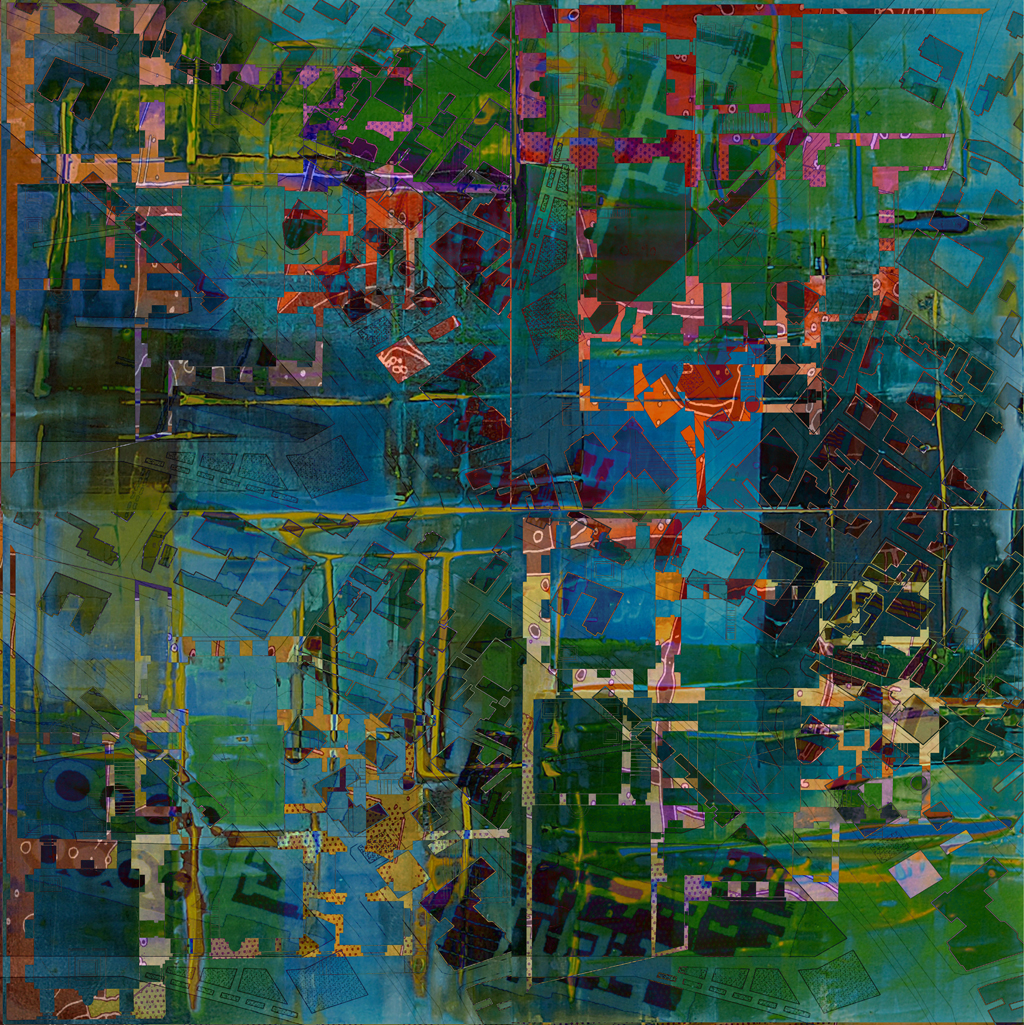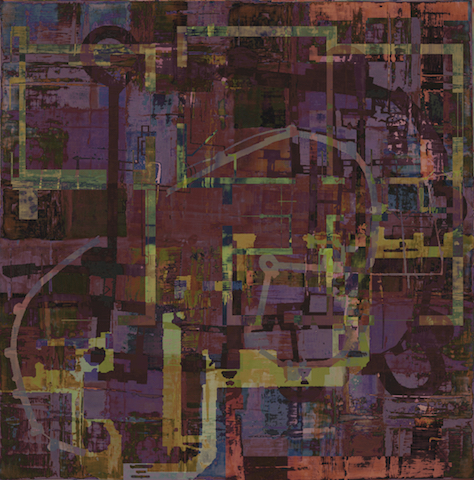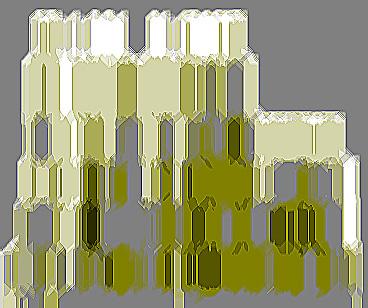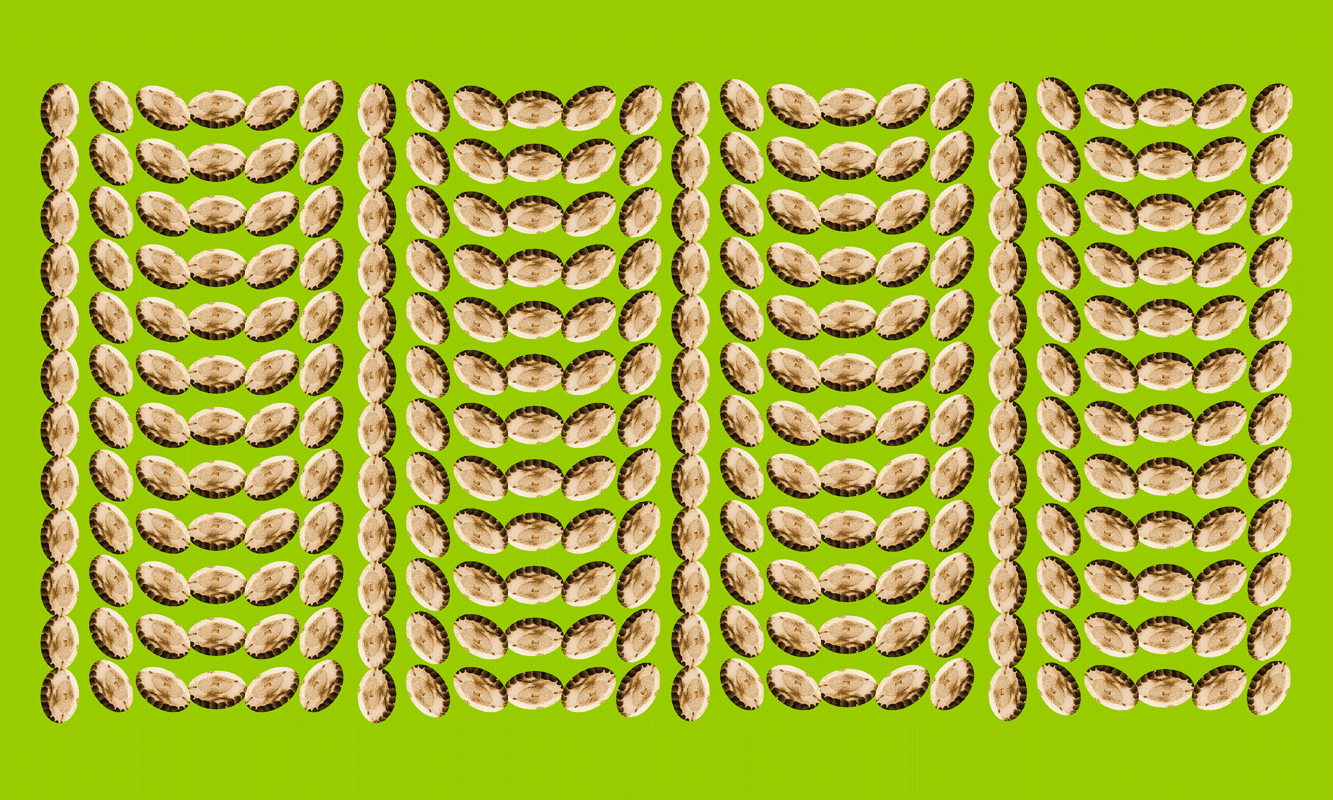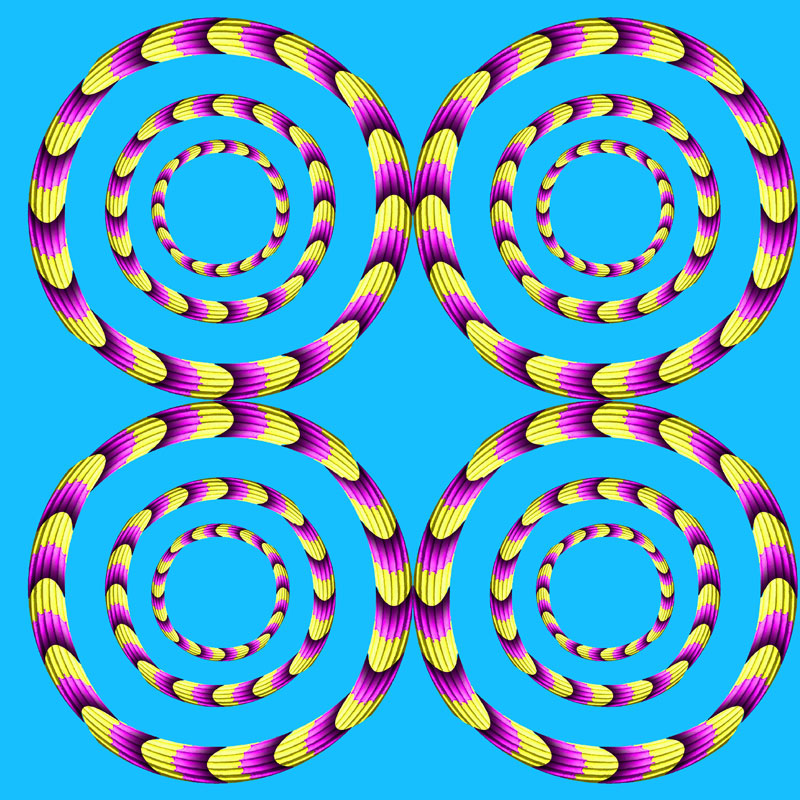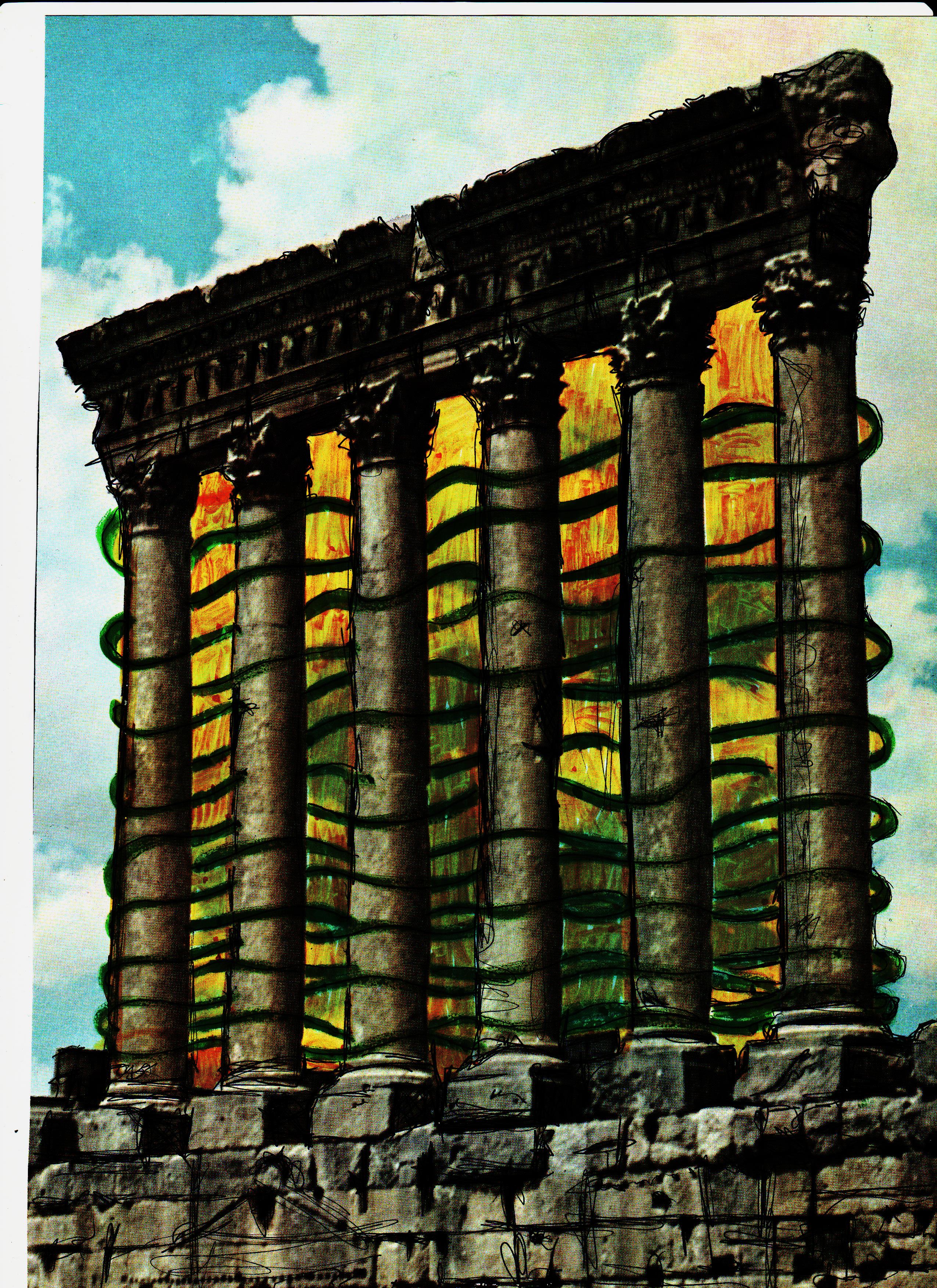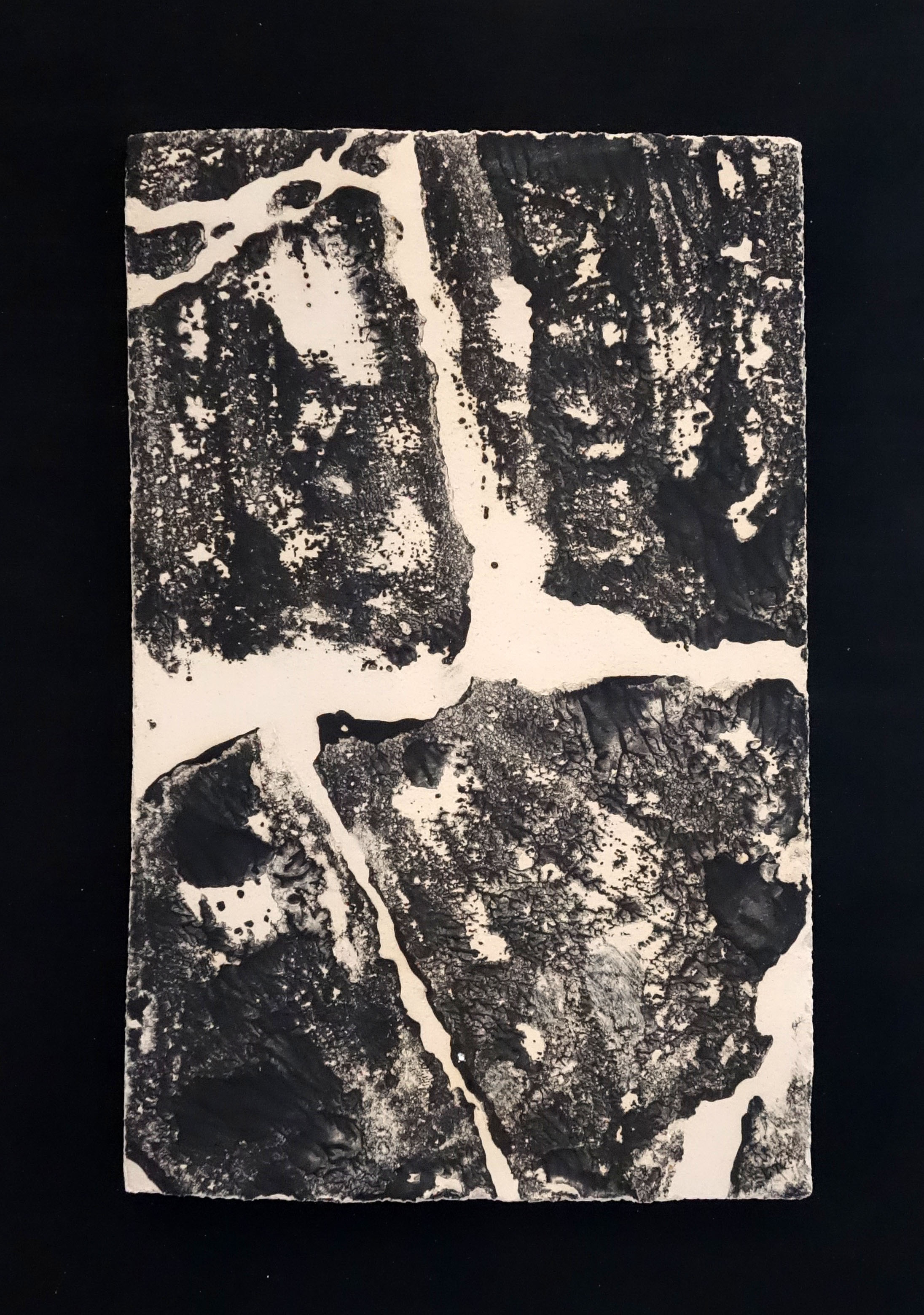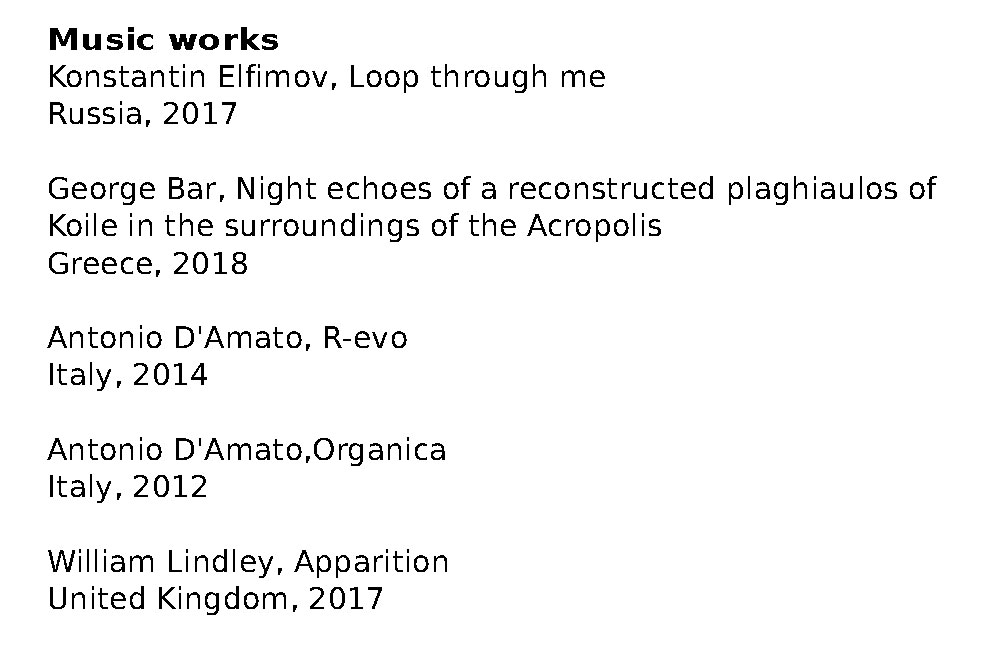Acropolis Remix | Disruptive Monumentality [2018]
Curatorial Statement
Experimental digital art exhibition and artist’s book proposes remixing the Acropolis of Athens through appropriating, disrupting and recreating its forms and meanings virtually. They are presented artworks by artists from different parts of the world, which deconstruct and reconstruct perceptions of the monument and its buildings, creating new meanings. The complexity of our time is addressed through a new reading of the Acropolis.
The Acropolis is an emblematic monument, which carries a vast universe of meanings. It was declared World Heritage Site in 1987 by UNESCO, which recognized it as a universal symbol of the spirit and of classical civilization in Ancient Greece, the origins of Western civilization. The monument, as we know today through its ruins, was built in the 5th century BC and survived taking different meanings over time. Acropolis in Greek means the top of the city, the high city, and represented in the classical era values such as freedom, democracy, equality, wisdom and justice. The troubled history of the Parthenon, which is the main building on the Acropolis hill, witnesses the many cultural contexts in which it was inserted. Initially it was built for the worship of the goddess Athena, who was considered the goddess of wisdom, war and art. With the passage of time it has undergone several transformations: from the temple dedicated to goddess Athena, it became Byzantine church, mosque, mausoleum, catholic church, armory, film scenery, tourist spot, etc.. It was also victim of the destructive action of weather, earthquakes, fires, bombings and plunders. At the beginning of the 19th century, when Greece was under occupation of the Ottoman Empire, one of the most violent attacks in its history was the mutilation of about half of its sculptures, which were brought to England and sold to the British Museum by British ambassador Lord Elgin. The sculptures are still in exhibition in London, as international committees are working to bring them back to Athens, aiming to reunite them with the other half of the surviving sculptures in the new Acropolis Museum.
However, despite all the reinterpretations and destructions through which it passed, the Acropolis has achieved international fame and constantly attracts the attention of travelers and artists. During the Documenta 14 held in 2017, with the title “Learning from Athens”, curator Adam Szymczyk invited the artist Marta Minujin to rebuild his “Parthenon of books” in Friedrich square in Kassel, where in the 1930s Hitler held a burning books contrary to his ideology. The three-dimensional installation with dimensions similar to the Parthenon, brought together more than 100.000 books that were censored by their ability to express ideas that contradicted the established order and provoked questions in different cultures and eras. The issue of censorship thus was thematized through the Parthenon image, setting a dialogue between the ancient monument and contemporary issues. Similarly, during the Athens Festival in 2017, the artist William Kentridge held a multichannel video installation on the boardwalk which is located at the foot of the Acropolis. The installation featured a procession of people carrying numerous objects and represented various scenes of everyday life – jobs, stages of life, arts, religions, flags, etc. This work is an allusion to the Panathenaic Games procession in honor of the goddess Athena, which were carved in the frieze of the Parthenon, and at the same time is part of a contemporary “rite” that is the coming and going of tourists.
As Minujin and Kentridge created contemporary works which present different point of views on Acropolis, the exhibition we present shows the diversity of voices and gazes of international artists who, through their works, disrupt and recompose the monument, updating and reimagining its meanings through digital art.
Concept
Celina Lage
Curatorial Team
Celina Lage
Gabriela Carvalho
Anna Meli
Patrícia Marques
Artists/Artworks
Fernando Hermógenes Aguiar da Silva
Placed and Lost:012MMX
Brazil, 2017
Sierra Ortega
a5c3nd
d3ad_and_g0n3
United States, 2016
Czar ML
Khôra
México, 2018
Konstantin Elfimov
Loop through me
Russia, 2017
Jeannine Völkel
Birth
Deutschland, 2018
Olga Guse
Journey to the Olympus
Russia, 2014/15
Paul Matosic
Artaeology
United Kingdom, 2017/18
Susan Plover
Woven In Time
United Kingdom, 2018
Peter Devenyi
untitled
Canada, 2002/17
Sevgi Tan
Pollution
Turkey, 2018
George Bar
Night echoes of a reconstructed plaghiaulos of Koile in the surroundings of the Acropolis
Greece, 2018
Anna Meli
Fragments Imprints
Greece, 2017
Antonio D’Amato
R-evo
Italy, 2014
Antonio D’Amato
Organica
Italy, 2012
William Lindley
Apparition
United Kingdom, 2017
Support
Fundação de Amparo à Pesquisa do Estado de Minas Gerais (FAPEMIG) (Foundation of Support Research of the State of Minas Gerais – FAPEMIG), Brazil.
PAPq – Universidade do Estado de Minas Gerais
Institutional Partners
Graduate Program in Arts, Minas Gerais State University (UEMG), Brazil.
